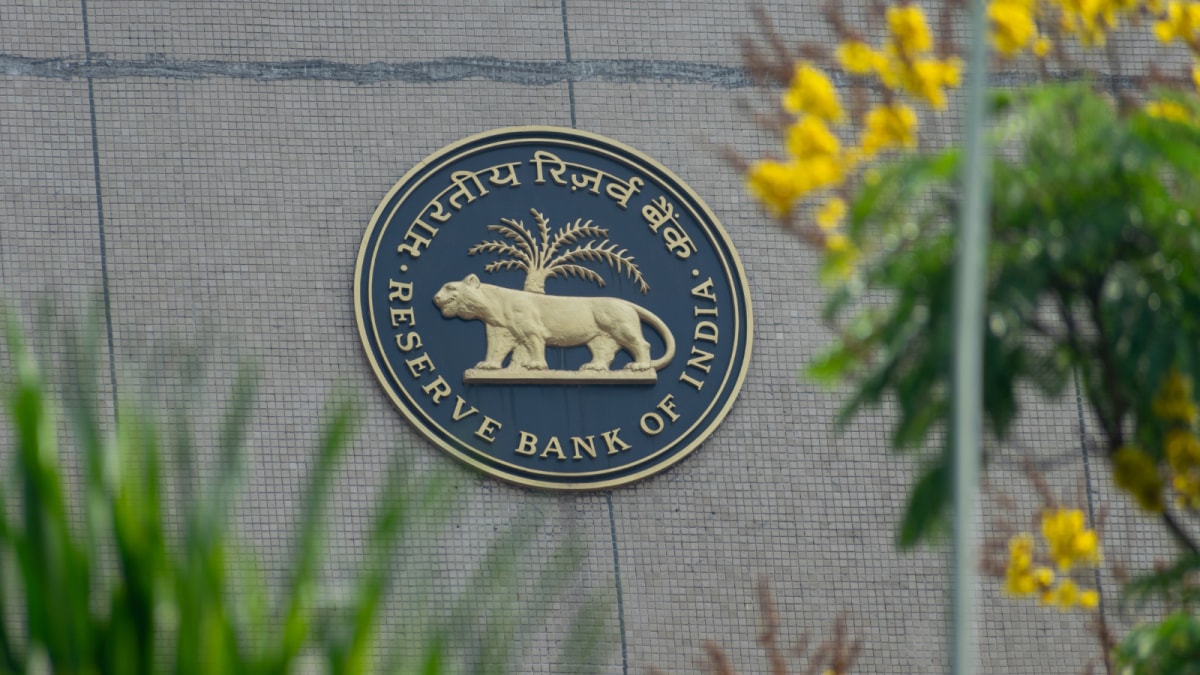Last Updated:
The RBI has directed banks to assign an additional 2.5% run-off factor — or liquidity buffer — to retail and small business customer deposits that are enabled with internet and mobile banking facilities.

The latest RBI guidelines pertain to the Liquidity Coverage Ratio (LCR), a global standard that ensures banks maintain adequate high-quality liquid assets (HQLA) to survive short-term liquidity disruptions.
The Reserve Bank of India (RBI) has announced its latest liquidity norms for banks and directed them to assign an additional 2.5% liquidity buffer rate to internet and mobile banking-enabled retail and small business customer deposits from April 1 next year to stave off any possible risks during times of stress.
The latest guidelines pertain to the Liquidity Coverage Ratio (LCR), a global standard that ensures banks maintain adequate high-quality liquid assets (HQLA) to survive short-term liquidity disruptions.
What Has the RBI Announced?
In a circular released on April 21, 2025, the RBI directed banks to assign an additional 2.5% run-off factor — or liquidity buffer — to retail and small business customer deposits that are enabled with Internet and Mobile Banking (IMB) facilities. This change will come into effect from April 1, 2026.
In July last year, the RBI had proposed an additional 5 per cent run-off factor, which means the probability of deposits getting withdrawn/transferred, including in stressed situations.
Why the Change?
The move comes amid concerns that during periods of financial stress, digital banking channels — including UPI, mobile banking, and internet banking — allow depositors to transfer or withdraw funds quickly. This could increase the risk of sudden liquidity outflows for banks.
The RBI’s revised guidelines are based on feedback from stakeholders on a draft released in July 2023, and take into account the experience of banking systems in some foreign jurisdictions that faced rapid outflows during stress situations.
What Are the New LCR Run-Off Rates?
According to the updated norms:
- Stable retail deposits with IMB will now carry a 7.5% run-off factor, up from the current 5%.
- Less stable retail deposits with IMB will carry a 12.5% run-off factor, up from 10%.
“A bank shall assign an additional 2.5 per cent run-off factor for retail deposits which are enabled with internet and mobile banking facilities (IMB) i.e., stable retail deposits enabled with IMB shall have 7.5 per cent run-off factor and less stable deposits enabled with IMB shall have 12.5 per cent run-off factor (as against 5 and 10 per cent respectively, prescribed currently),” according to the latest guidelines.
This is significantly toned down from the initial draft, which had proposed a sharper 5 percentage point hike (to 10% and 15%, respectively), and was supposed to be implemented from April 1, 2025.
However, following industry feedback and a review led by RBI Deputy Governor Sanjay Malhotra, the implementation has been deferred by a year, allowing banks more time to adapt their systems.
What is LCR and Why Does it Matter?
The Liquidity Coverage Ratio (LCR) is a key metric under the Basel-III framework that requires banks to hold a buffer of high-quality liquid assets to meet expected net cash outflows over a 30-day stress period. It ensures that banks don’t run out of cash in the event of a sudden surge in withdrawals or liquidity demands.
Relaxation in Run-Off Rate for Certain Entities
The RBI has also revised the classification of wholesale funding from non-financial legal entities. Deposits from trusts (educational, charitable, religious), partnerships, and LLPs — earlier considered riskier and assigned a 100% run-off rate — will now be assigned a lower 40% run-off rate. This provides further relief to banks in LCR computation.
Impact on Banks
Based on data from December 31, 2024, the RBI estimates that the net effect of these changes will improve the overall LCR by about 6 percentage points across the banking sector. “It is estimated that the net impact of these measures will improve the LCR of banks, at the aggregate level, by around 6 percentage points as on that date,” the RBI said.
The central bank said all banks are currently meeting the minimum LCR requirement comfortably.
The RBI said the revised norms strike a balance between strengthening liquidity safeguards and ensuring operational ease for banks, especially in the fast-evolving landscape of digital banking. By aligning closer to global standards and allowing time for transition, the regulator aims to enhance liquidity resilience without causing disruptions.
#RBI #Issues #LCR #Norms #Banks










